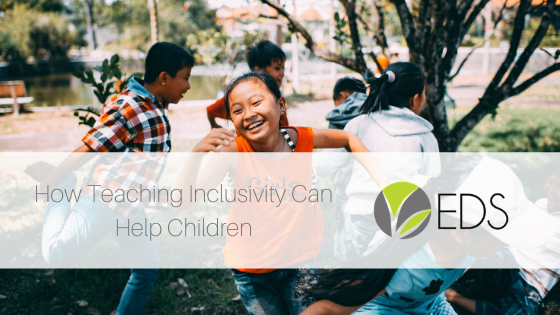Teaching inclusivity is an important way to combat bullying. When students know that others are different and valid the way they are, it leads to them becoming more accepting of others. We made a blog post last year about other ways that teaching inclusivity can benefit children. Now let’s take a look at some ways to teach inclusivity in the classroom.
Change around the seating plan
Though it may still be a while before we fully go back to in-school classes, it is a good thing to consider to change around the seating plan. It allows your students to get to know each other more and get a different perspective.
Ensure all your students can effectively communicate
This includes ensuring that any assistive devices are working properly and can allow your students to communicate easily with their peers.
Learn how to say your students’ names
It may seem silly, but double checking the pronunciation of various names. If it seems like it may have an unconventional pronunciation or spelling, it may make their day to know that someone put in the effort to pronounce their name correctly.
Teach material in different ways
Not every student learns the exact same way, and teachers know this. Try to teach your material in different ways to discover everyone’s strengths.
Education children on how their words matter
It’s important that students understand how powerful their words can be–this is why it’s important to ensure you aren’t ignoring your students’ harmful languages or actions. Encourage them to consider if their words could be negatively affecting someone.
Incorporate marginalized voices into the curriculum
Using materials from a variety of perspectives will help students understand that world views vary differently depending on the background of the person.
Final Thoughts
There are a variety of different ways to develop a more inclusive background. Working with the principal in the school to encourage more classrooms to try inclusive activities is also extremely effective. How do you teach inclusivity in your school? We’d love to know.


